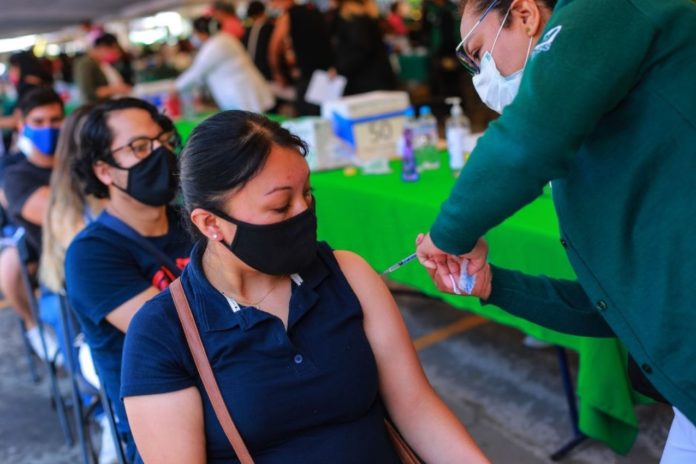A group of researchers have developed safe and efficient inhalable nanocatchers containing human angiotensin-converting enzyme II (hACE2), which provide a number of potential advantages over current COVID-19 therapies.
In an article published in the Proceedings of the National Academy of Sciences, the precise method is detailed.
- Scientists in Fear of This New Predator From Red Sea Eating Native Species in Mediterranean
- Does This Mean We Stopped Being Animal and Started Being Human Due to ‘Copy Paste’ Errors?
- The One Lifestyle Choice That Could Reduce Your Heart Disease Risk By More Than 22%
- Aging: This Is What Happens Inside Your Body Right After Exercise
- Immune-Boosting Drink that Mimics Fasting to Reduce Fat – Scientists ‘Were Surprised’ By New Findings
For cell entrance and infection, the severe acute respiratory syndrome coronavirus 2 (SARS-CoV-2) utilises its spike glycoprotein on the surface to interact with hACE2. As a result, changes in this glycoprotein may improve the virus’s binding capabilities, making it more transmissible and dangerous.
In this study, a research team headed by Dr Han Zhang of the Institute of Functional Nano and Soft Materials at Soochow University in Suzhou (China) developed clever hACE2-containing inhalable nanocatchers that compete with host cells for viral binding.
These researchers used genetic engineering to create neutralising nanocatchers from human embryonic kidney 293T cells with high expression (i.e. high density) of hACE2. Electron microscopy and dynamic light scattering were used to show their spherical shape, with an average diameter of approximately 200 nanometers.
Encouraged by the effectiveness of their hACE2-containing nanocatchers, the researchers set out to test their ability to neutralise SARS-CoV-2 by binding to its spike glycoprotein. For this study, a pseudotyped SARS-CoV-2 based on the vesicular stomatitis virus (VSV) was utilised as a model (both wild-type and the D614G variant).
And, in order to prevent SARS-CoV-2 infection, they created an inhalable formulation by combining hACE2-containing nanocatchers with the mucoadhesive excipient hyaluronic acid, with the aim of extending nanocatcher retention in the lungs after inhalation. A hACE2-expressing mouse model was also used to test this.
The results: the hACE2-containing nanocatchers exhibited good neutralisation propensity against pseudoviruses of both the wild-type SARS-CoV-2 and the D614G variant, indicating that they could compete with host cells for viral binding regardless of alterations.
Furthermore, the mucoadhesive excipient hyaluronic acid significantly improved nanocatcher retention in the lung, indicating a strong SARS-CoV-2 pseudovirus suppression capacity in the mouse model (primarily by using replication-defective adenovirus encoding for hACE2).
- Scientists in Fear of This New Predator From Red Sea Eating Native Species in Mediterranean
- Does This Mean We Stopped Being Animal and Started Being Human Due to ‘Copy Paste’ Errors?
- The One Lifestyle Choice That Could Reduce Your Heart Disease Risk By More Than 22%
- Aging: This Is What Happens Inside Your Body Right After Exercise
- Immune-Boosting Drink that Mimics Fasting to Reduce Fat – Scientists ‘Were Surprised’ By New Findings
“Our proposed strategy may have the potential to be implemented in the battle against COVID-19, especially in this urgent period with the frequent emergence of mutated viral strains,” said the study author.
Photo by Manuel Velasquez/Getty Images
